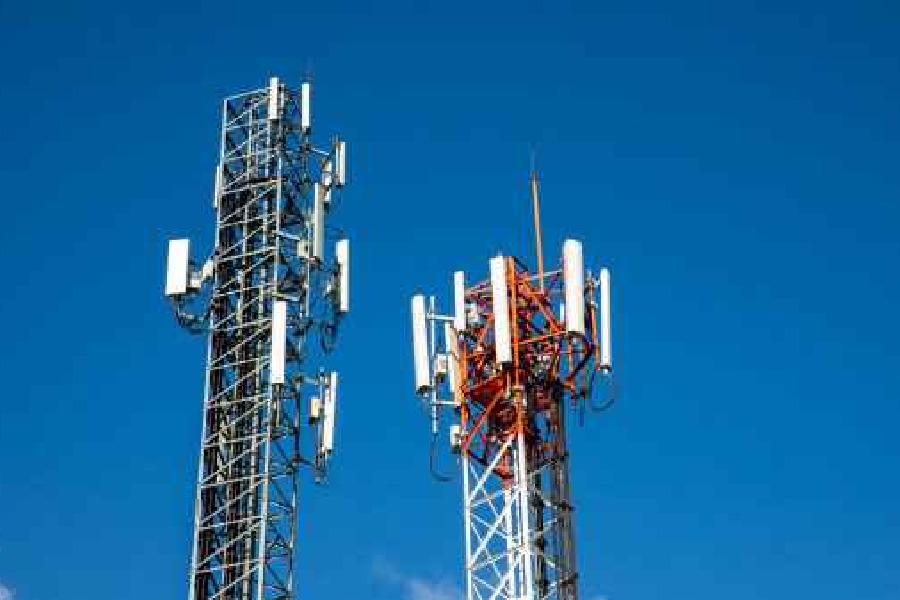Telecom players are widely expected to phase out base-level packs as they look to jack up their average revenue per user (ARPU) after the elections.
Sources said the telcos are planning to go for a phased increase in tariffs and
discontinue some existing base tariff plans and introduce new and re-bundled products.
Telcos have already pushed up their ARPUs between ₹120 and ₹200 by cutting down rock-bottom packs of ₹40-₹50 and they may add another ₹100 if they continue to kill base plans.
“Given that 5G is being offered for free, ARPUs have limited room to expand without tariff hikes,” said analysts at Jefferies.
In 2019, the average tariff hike was 20-45 per cent, whereas in 2021 the hike was 20-25 per cent.
In the absence of a hike, Jio’s Arpu at ₹182 has been flat sequentially for the last two quarters. Besides, the company’s return on capital employed (ROCE) deteriorated further to sub-6 per cent levels because of higher investments and the absence of 5G monetisation and tariff hikes, analysts said.
According to IIFL Securities, the hikes would help Jio shore up its return ratios in the run-up to the likely IPO of Jio Platforms in 2025.
“We raise our ARPU estimates by 1-2 per cent and expect ARPUs to rise at 9 per cent CAGR (compound annual growth rate) over FY24-27 to ₹235 (for Jio) by FY27,” Jefferies said.
Airtel, on the other hand, is expected to see its ARPU grow 38 per cent to ₹286 in the next three years. The telecom operator’s ARPU at the end of the October-December quarter was ₹208.
According to Antique Stock Broking, the upcoming tariff hike will increase Airtel’s ARPU by ₹55, and the 2G to 4G migration will contribute another ₹10. Customer upgradation to a higher data plan as well as prepaid to postpaid conversion will contribute about ₹14 to Airtel’s Arpu.
“We expect Bharti’s subscriber base to grow at 2 per cent per annum against industry growth of 1 per cent,” Antique Stock Broking said in a recent note.
Bharti Airtel has repeatedly reiterated the need to increase the current ARPU to ₹300 from ₹200, given that India remains among the cheapest markets in the world.










